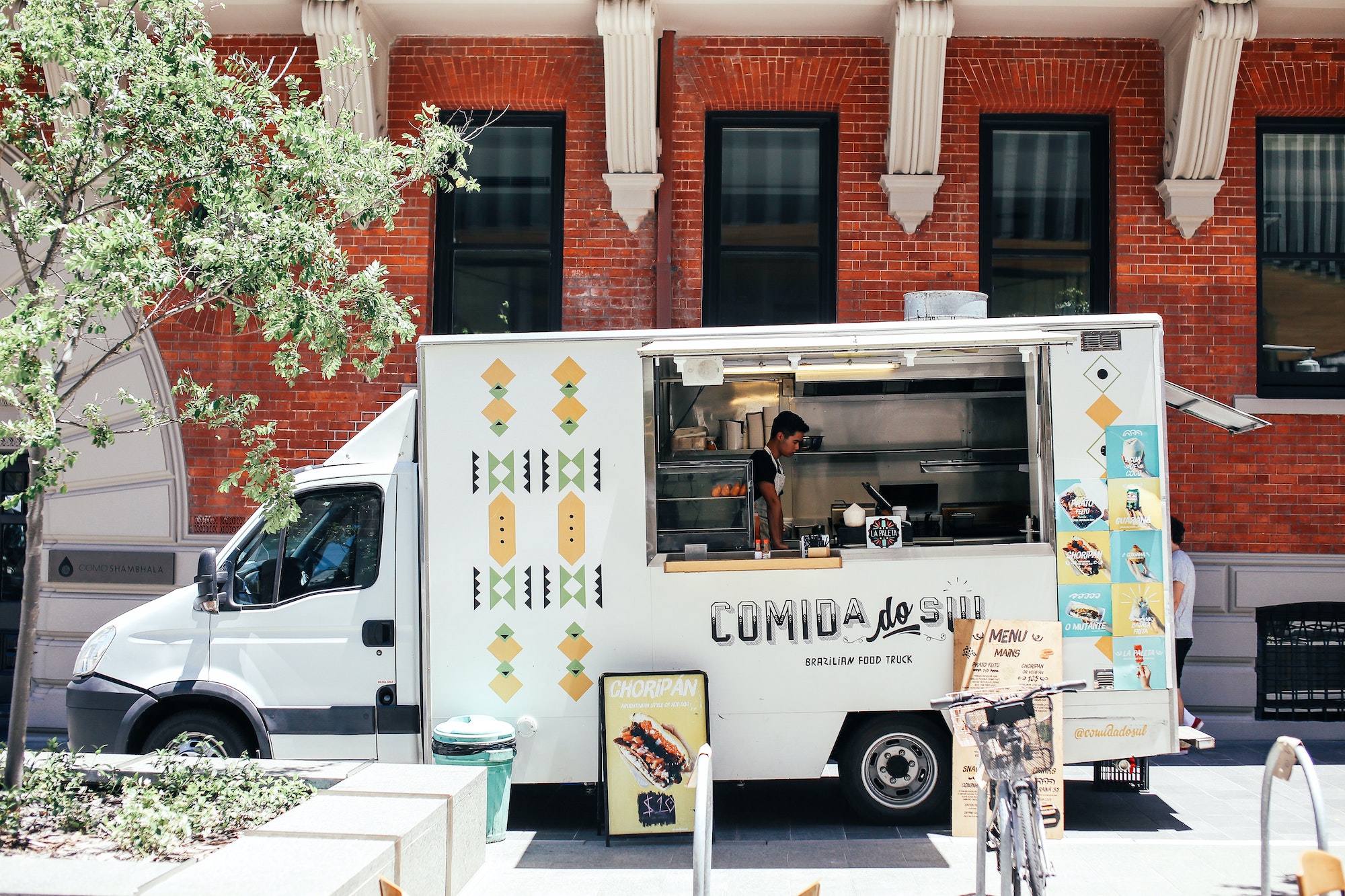“The only thing that is constant is change.”
This long upheld maxim serves appropriate for the industry we are in. In the last decade, the culinary landscape in the Philippines has evolved in hyper speed and changed in many ways that operators are hanging on for dear life. While change can be good, it can also cause problems.
One of the most common mistakes that a business owner does is to impulsively react to the current challenge they are facing. Most tactics end up as temporary fixes and band-aid solutions. By the time they have addressed the situation, a new problem has sprouted.
The entrepreneur ends up constantly trying to put out fires and before they know it, they have completely diverted from their business objectives and overall vision. The ideal scenario is to put out multiple fires while preventing new ones from starting. Here are a few techniques that can help:
Stop opening more restaurants
There’s just too many already. Unless you are Jollibee or Potato Corner, please reconsider opening a new concept. Instead, take what you have, alter its direction, and allow it to blossom. Focus on existing ones and grow it to its fullest potential.
Don’t copy other concepts
So you recently came back from a trip to Vietnam, and your world was rocked and you couldn’t stop thinking of that banh mi concept. You are convinced it will work in Manila. Wait. Creating a restaurant should be anchored on a solid menu that has the foundation of the best readily available ingredients accessible to you. This is simultaneously developed with your potential target market in mind. A successful outcome of a copy-paste technique is close to none.
Google isn’t always your friend
Feeling sick? Ever Googled your symptoms online? It’s a surefire way to convince yourself that you are dying. It’s the same situation for your business. Don’t be too quick to rely on articles you find online that speak of quick remedies for your outlet. Don’t assume that what works for a New York pizzeria will work for your restaurant in Manila.

Don’t be gullible
Every year, publications release a list of top trends to watch out for. Guess what? Everyone has read that same list and are plotting how they can make the most out of it. While some ideas are great and insightful, these lists should serve as mere starting points for innovation and creativity to reign in your kitchens, commissaries, and factories. You might want to rethink that hyperlocal-vegan doughnut and edible utensils café.
Localize
When you research, study specific markets. Don’t generalize a worldwide or country-specific trend. What they do in the West Coast versus East Coast, or what they’re doing in Barcelona versus in San Sebastian are world’s apart. Gather every piece of information you can get and translate those ideas locally. Keep an eye out for best practices and systems above anything else.
Hop on, hop off
One of the contributing factors for change in customer behavior is travel. It is obvious that affordable travel has changed expectations and dining preferences among Filipinos. All those people traveling to Japan definitely influenced the ramen craze in Manila. Take travel destination trends in consideration.
Know your customer
Really take the time to get to know your customers and their thoughts on your restaurant’s food, service, and ambience. Your customers are your greatest assets. Each micro-behavior can help determine factors that influence change and behavior. In this day and age, they should always be your primary source of information.
While the ability to adapt can be good, it can still cause problems. One of the most common mistakes a business owner makes is to impulsively react to the current challenge they are facing. Most tactics end up as temporary fixes and band aid solutions.
Change it up
Your greatest ally in your restaurant is your cost controller. Daily audits, inventory, yield-to-sales consumption are your barometers. Early diagnosis is key. Managing your overall margins is what makes or breaks your store. With the cost of goods rising, don’t be afraid to seek alternative suppliers or re-engineer your menu to make sure you are still in the green zone.
Cleanse your palate
This is to ensure that each dish is appreciated to its fullest potential and flavors will not dilute each other. Visit food-driven cities that are not too touristy. Go to the market, cook, and dine with locals. Observe what successful restaurants do and how they sustain and maintain customers. They rely on relationships and consistency practices that cater to their community. You will learn a lot from these neighborhood and community-driven restaurants versus Michelin-starred ones.
Don’t be afraid to close shop
Sadly, from the get-go, some restaurants open at a disadvantage and are already positioned for an uphill battle. Some are affected by the changing tides, too. What to do? Put your emotional attachment aside and decide purely on quantifiable results. Don’t accommodate thoughts of how it would look or what people would say. It’s worse to stay open and bleed. To be honest, people in your inner circle will respect you more. Make sure you properly plan your exit strategy and steps on bouncing back.
Originally published in F&B Report Vol. 15 No. 6





